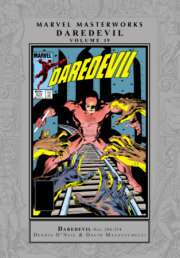An award-winning writer since 1973, Marv Wolfman succeeded mentor Roy Thomas as Marvel’s editor in chief. Well-remembered for his Tomb of Dracula scripts, he also enjoyed runs on Dr. Strange, Fantastic Four and Nova, among other titles. New Teen Titans, his 1980s collaboration with George Pérez, became DC Comics’ biggest hit in years. Wolfman and Pérez literally rewrote DC history with Crisis on Infinite Earths. He subsequently penned episodes for such animated TV series as G.I. Joe, Transformers and others.
Currently a publisher, critic and literary agent, David Anthony Kraft wrote for some of Marvel’s earlier steps into the horror field, e.g. anthologies Creatures on the Loose and Haunt of Horror. His quirky and well-remembered Defenders run included both dramatic and whimsical storylines, such as “Who Remembers Scorpio?” and “Defender for a Day.” He wrote most of the Savage She-Hulk series and worked on licensed properties 2001: A Space Odyssey with Jack Kirby and Logan’s Run with George Pérez. His work further appeared in Captain America; Thor; Marvel Two-in-One; Marvel Premiere; and two of Marvel’s black-and-white magazines, Deadly Hands of Kung Fu and Rampaging Hulk. He also edited Marvel’s in-house fan magazine FOOM. Elsewhere in publishing, he has written children’s books featuring Spider-Man, the Hulk and the Fantastic Four.
Industry legend Chris Claremont is best known for his epic sixteen-year run on Uncanny X-Men. Claremont’s focus on the themes of prejudice and tolerance struck at the hearts of comics fans, and he built an unparalleled following during the next three decades. Under his pen, the X-Men franchise spawned a vast array of spin-offs, many of them written by Claremont himself. His other credits include Iron Fist, Ms. Marvel, Power Man and Spider-Woman. Claremont has returned to the X-Men universe in New Exiles, GeNext, X-Men Forever, Chaos War: X-Men and Nightcrawler.
The unique, shadowy style of Gene Colan (1926-2011) most memorably appeared in long stints on Captain America and Daredevil, and all 70 issues of Tomb of Dracula — among the dozens of other Marvel titles he has drawn. His DC work on Detective Comics and Night Force is equally well remembered. During the Golden Age, he drew multiple war stories for Marvel and DC alike. Colan has earned several Eagle Awards and had professional art showings in New York City. His work on Ed Brubaker’s Captain America at the age of 82 drew well-deserved raves.
Don Heck (1929-1995) worked for Harvey, Quality, Hillman and other publishers before arriving at Atlas Comics, later Marvel, where he penciled and inked stories for virtually every genre: crime, horror, jungle, romance, war, Western and more. With Stan Lee and others, he launched Iron Man, his supporting cast and his early rogues gallery — including the Black Widow, Hawkeye and the Mandarin. He also succeeded Jack Kirby on Avengers. At DC, his artwork appeared in Justice League of America, Flash, Wonder Woman and other titles.
John Byrne has worked continuously in the comics industry as both writer and artist since 1975. After he initially collaborated with writer Chris Claremont on Iron Fist, Byrne and Claremont moved on to X-Men for a run still regarded as one of the title’s finest. Byrne contributed an equally famed stint on Fantastic Four, earning comparisons to the original Lee/Kirby issues for his imaginative plotlines and dynamic artwork. He also spun Alpha Flight into its own title. In 1986, he revamped DC’s flagship hero, Superman, reimagining the Man of Steel in a historic project heralded by a Time magazine cover. His remarkable contribution to the Marvel Universe extends to memorable associations with virtually every major hero, including celebrated runs on Captain America, Iron Man, Sensational She-Hulk, Namor the Sub-Mariner and Thing. In the 21st century, Byrne’s considerable body of work includes IDW’s Star Trek and Angel.



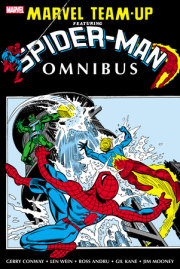















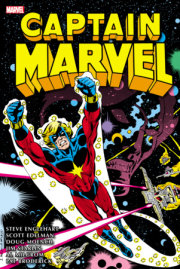







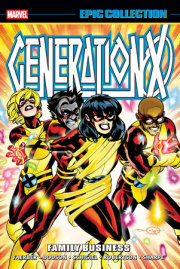




![Iron Man: Demon In A Bottle [New Printing 2]](https://images.penguinrandomhouse.com/cover/9781302961817?width=180)
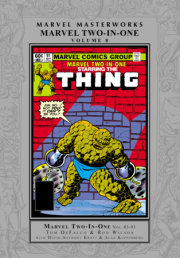



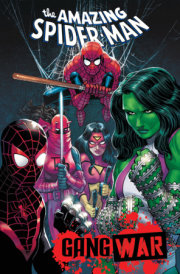







![Original Sin [New Printing]](https://images.penguinrandomhouse.com/cover/9781302966249?width=180)

![X-Factor By Peter David Omnibus Vol. 1 Larry Stroman Cover [New Printing]](https://images.penguinrandomhouse.com/cover/9781302963705?width=180)
![Avengers West Coast Epic Collection: Vision Quest [New Printing]](https://images.penguinrandomhouse.com/cover/9781302963910?width=180)
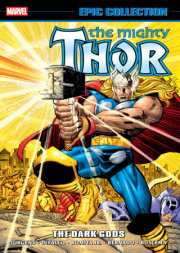


![Wolverine Goes To Hell Omnibus Jae Lee Cover [New Printing]](https://images.penguinrandomhouse.com/cover/9781302961381?width=180)









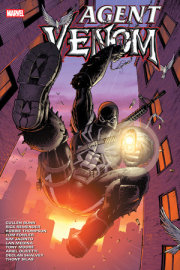













![Marvel Masterworks: The Silver Surfer Vol. 1 [Remasterworks]](https://images.penguinrandomhouse.com/cover/9781302956042?width=180)
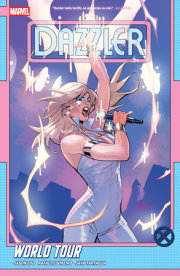

![X-Men: Age Of Apocalypse Vol. 2 - Reign [New Printing]](https://images.penguinrandomhouse.com/cover/9781302963958?width=180)



